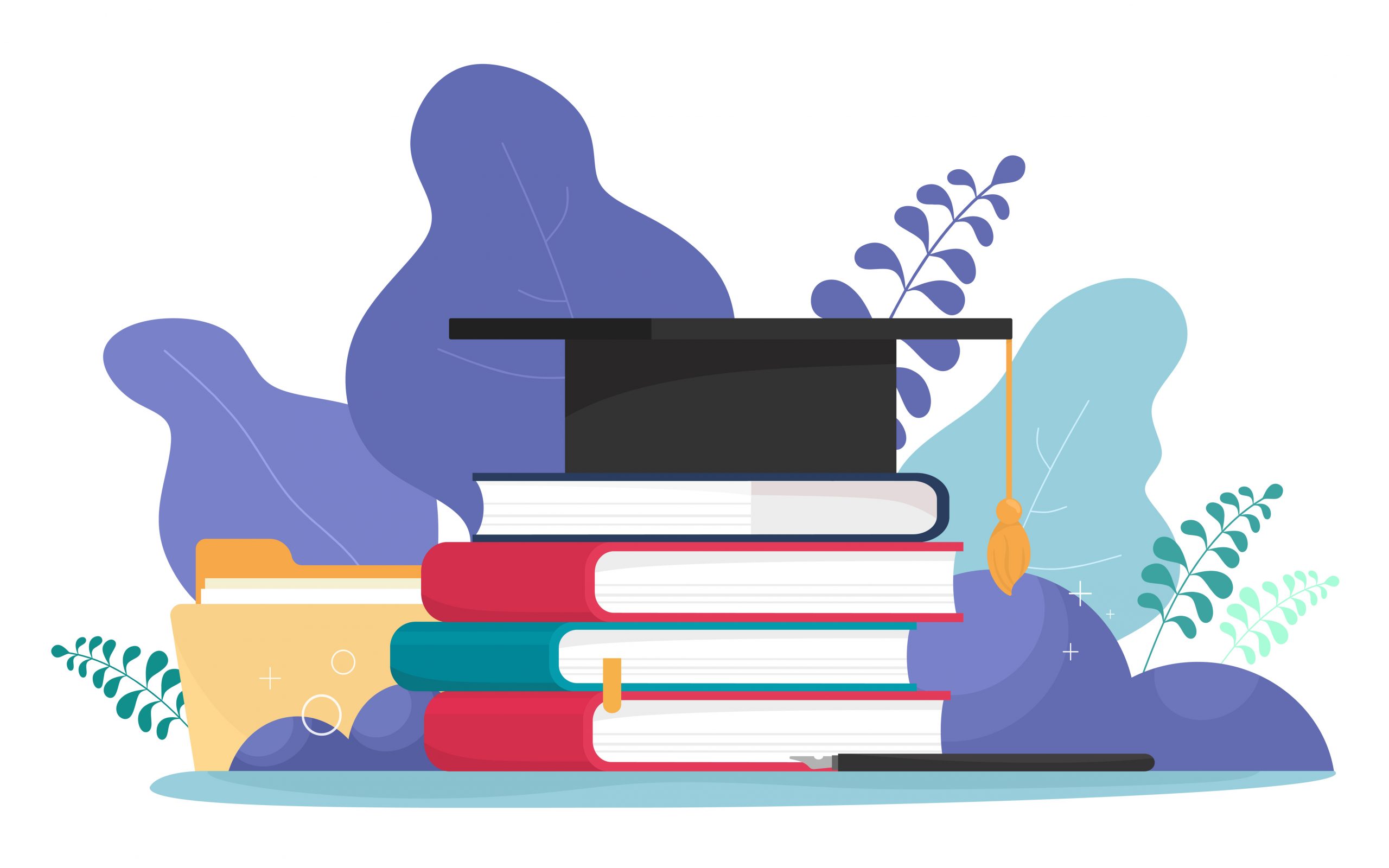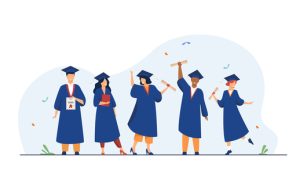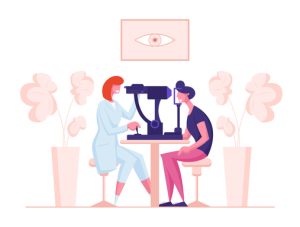A journey of a thousand miles begins with a single step.
This is my personal experience in Biomed. I wrote this so you can how I changed my study methods and learn from my experience. You may find this very relatable or not at all! My personal tips and tricks are down below.
I entered Biomed in 2020 clueless, unsure of what Biomed has to offer. I heard mixed reviews about the course. Some said it was literally the worst, while others reassured me it would be ok and I just needed to brush up on my NCEA concepts. I chose to believe that Biomed would be alright as long as I focused on my own work and not let the competition get to me. I hoped the course would be relatively straightforward, and it would be based on the foundation of NCEA. However, this was far from the truth.
Semester One
Papers from the first semester were very new to me, with much more content than I expected. I struggled to keep up with the lecture content. I remember sitting through one of the first BIOSCI 107 lectures about cells, going through 50 odd slides in an hour. At the end of the lecture, I knew my attitude towards studying had to change. I first upgraded my Ipad after looking through study videos. Many of them recommended the Ipad Pro with Apple Pencil. This proved extremely useful as I would download lecture slides in Notion and highlight/annotate them during the lecture.
After each BIOSCI107 lecture, I would write notes on Notion and draw pretty diagrams. I would spend more than an hour copying lecture content into my notes using different coloured writing. I would sometimes even paste entire lecture slides in my notes. For CHEM 110, I would do the same as BIOSCI 107, but it became too time-consuming, so I relied on Peerwise questions and lecture slides for revision. For POPLHLTH 111, I did not make any notes at the time since I thought that I could memorise the content without making notes or revision (hint: I couldn’t). My method of studying has several issues. First, I used pretty colours and diagrams to make my notes look good. However, I essentially copied the lecture content on autopilot. This meant that I wasn’t taking in any information. My notes were too long to be effective since all my notes for each lecture were longer than 10 pages. Since my notes were so long and handwritten, I rarely went back and looked at them since lecture slides served the same purpose. I found it easier to read typed text than written text. Despite knowing the inefficiencies of my note-taking method, I continued this note-taking style for BIOSCI 107 for the whole of semester one.
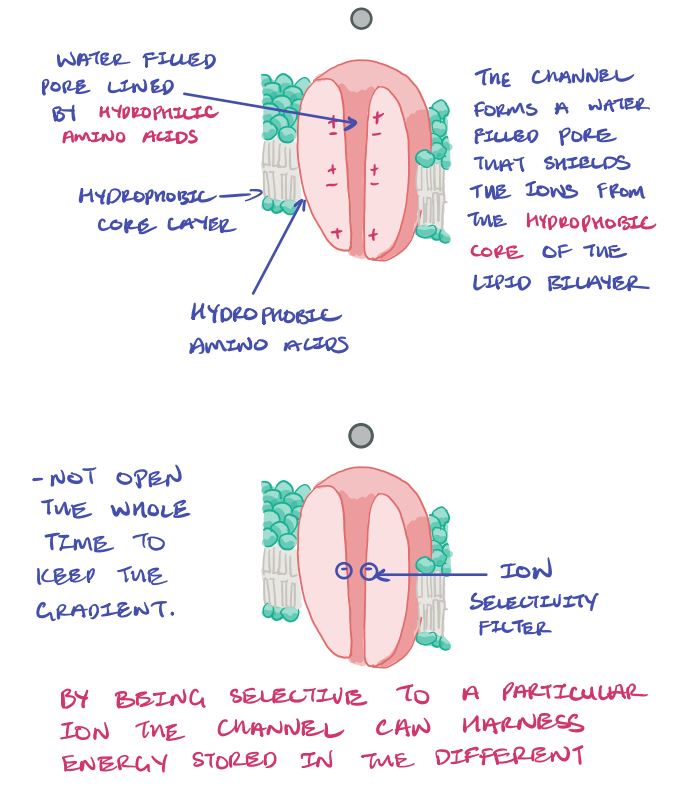
You might be wondering, how could I get decent grades despite my inefficient study method? It’s because of the lockdown. Luckily, I did not have trouble studying and maintaining motivation during the lockdown. I watched lectures on time and did my BIOSCI 107note taking straight after. Exams were 24 hours and open book, so I relied heavily on lecture slides and readings for tests and exams. Near the end of the semester, I noticed significant gaps in my knowledge and understanding of POPLHLTH 111. I quickly went through the lecture slides and readings and wrote notes. Although my notes were still long, they were significantly shorter than my BIOSCI 107 notes. Like many others, in semester one, I received A+ on all four courses (including GenEd) thanks to open book exams and a grade bump.
CST
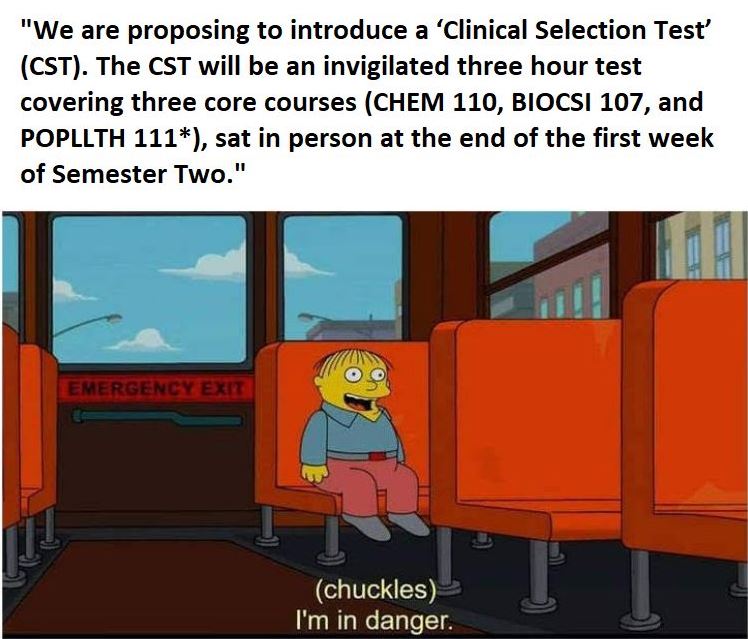
CST stands for Clinical Selection Test, a name that could make Biomedders tremble. Due to the significance of the CST, so I upgraded my study methods in hopes of getting a better grade. I learnt from my experiences in semester one, and I knew I needed spaced repetition of the content. I downloaded Quizlet and made flashcards for every relevant lecture in BIOSCI 107 and POPLHLTH 111. For CHEM 110, I read through the lecture slides and did past papers. I made flashcards based on readings and lecture slides. These were done daily during study sessions and on buses and trains. I also did past papers and checked my answers with my peers and Piazza.
My studying method still had significant problems. Firstly, I was adamant about not rewatching lectures as I thought it would be a waste of time since all the content would be on the slides anyway. This proved to be a big mistake since the lecturers elaborated further on the slides and mentioned niche topics tested in the CST. Furthermore, I relied too heavily on flashcards for facts and recall, but I did not understand the deeper concepts and mechanisms. I should have also joined study groups and asked others about their studying methods to improve mine. In the CST, I received A- for BIOSCI 107, B+ for CHEM 110, and B- for POPLHLTH 111.
Semester Two
In semester two, I focused mainly on MEDSCI 142. Although BIOSCI 101 and 106 seemed impossible initially, it is relatively easy compared to MEDSCI 142. PHYSICS 160 was straightforward in the beginning and gradually got more challenging. For BIOSCI 101, 106 and PHYSICS 160, I made handwritten paper notes on complex topics and cheat sheets for the final exam. Learning from my mistakes from the CST, I knew my study methods needed improving. I attended a one-on-one study help session with Angela from MEDSCI 142. She recommended taking advantage of the abundant practice questions available and not being afraid of making mistakes while doing them. I strongly recommend this help session with Angela.
Learning from my mistakes from semester one and the CST, I upgraded my flashcard making skills for MEDSCI. I would listen to what the lecturer said during the lecture, making notes and highlighting the course guide. I would rewatch the lecture at home and create flashcards based on the course guide and important concepts the lecturer said. The same would be done for labs, but since not every lab has recordings, concentrate in labs! Before tests and exams, I would do practice papers and revise my flashcards. To gain a deeper understanding of the concepts, I would write down major processes, e.g. bone growth and diagrams from memory, then compare them to the course guide. For me, this was the most effective method.
This method of studying, of course, has its flaws. First, I often lost focus during live and online lectures, making my revision less effective. Since many practice papers and weekly quizzes were very long, I did not do all of it closed book as I should have. This meant that some concepts were not solidified in my understanding. It was hard for me to revise the flashcards often since it was a very long and tedious process. Nevertheless, I got decent grades in semester two, A+ for BIOSCI 101 and PHYSICS 160, 88.96% (A) for MEDSCI and 89.25% (A) for BIOSCI 106.
Tips:
- Don’t be afraid of making mistakes when doing practice questions and exams. Do it closed book and check answers later.
- Rewatch lectures if you do not understand concepts well.
- Take advantage of resources such as Piazza and quizzes.
- Form study groups so you can help and motivate each other.
- Studying is hard. Challenge yourself and consistently do active recall.
So what is Biomed like? Well, it depends. Biomed is like the story of a pony trying to cross the river. The buffalo tells the pony that the river is very shallow and easy to cross, while the squirrel warns the pony that it is very deep. In the end, the river is not as shallow as the buffalo says or as deep as the squirrel says. The point of this is to show you my perspective. Did I get lucky sometimes with open book exams? Yes. But I adapted my studying methods when it did not work out. I hope this will help you to get a better idea of how others study in Biomed. Everyone has very different styles of studying, and my most effective method may not suit you at all!
Good luck
Luke.

